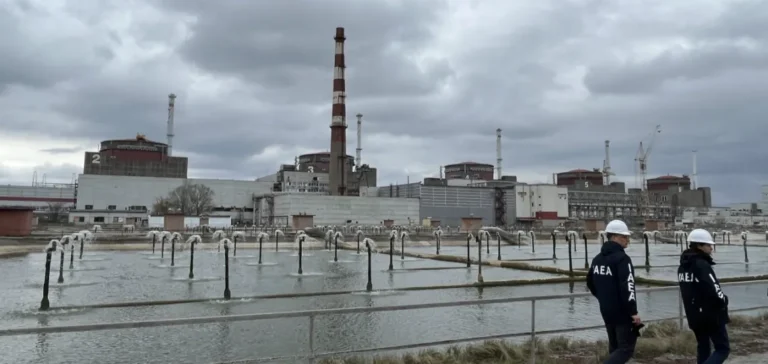Experts from the International Atomic Energy Agency (IAEA) deployed at the Zaporizhzhia nuclear power plant reported hearing several explosions and observing thick smoke near the site, which has been under Russian military control for more than three years. Plant operators informed IAEA staff that an auxiliary facility, located approximately 1,200 metres from the main site perimeter, had been hit by artillery fire and drone strikes.
Increased risks for nuclear safety
The Zaporizhzhia nuclear plant is located in close proximity to the frontline separating Russian and Ukrainian forces. According to the IAEA, military activity frequently takes place at varying distances from the nuclear complex, regularly exposing the site to direct security risks. IAEA Director General Rafael Mariano Grossi reiterated that any attack in the vicinity of a nuclear power plant poses a potential danger to nuclear safety, regardless of the intended target.
Personnel on the ground reported that smoke was still visible several hours after the incident, highlighting the persistent threats to the secure operation of the plant. Zaporizhzhia’s reliance on a single external power line to maintain essential functions is also a source of concern, as the site had ten such lines before the conflict began. If this power line is lost, the plant must rely on backup diesel generators to keep safety systems running.
Continuous IAEA presence and regional impacts
The IAEA has maintained teams of experts at the site since September 2022, who have reported regular military activity nearby. Other Ukrainian nuclear power plants, including Khmelnitsky, Rivne, and South Ukraine, as well as the Chernobyl site, have also reported frequent air raid sirens and drone detections in their immediate surroundings in recent weeks.
The Ukrainian nuclear sector remains exposed to heightened disruption risks, as the security of critical energy infrastructure remains a central concern. “Any incident around a nuclear power plant must be avoided to reduce the risk of an accident,” Rafael Mariano Grossi stated in a press release.






















